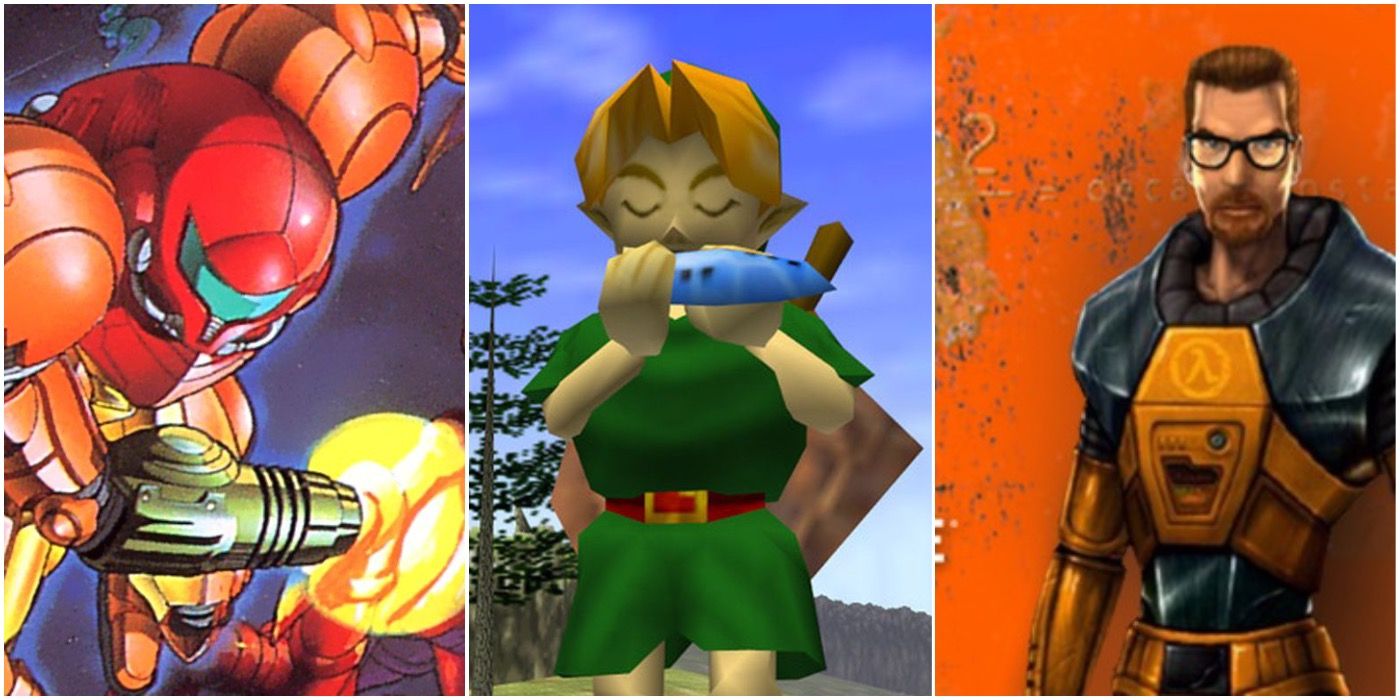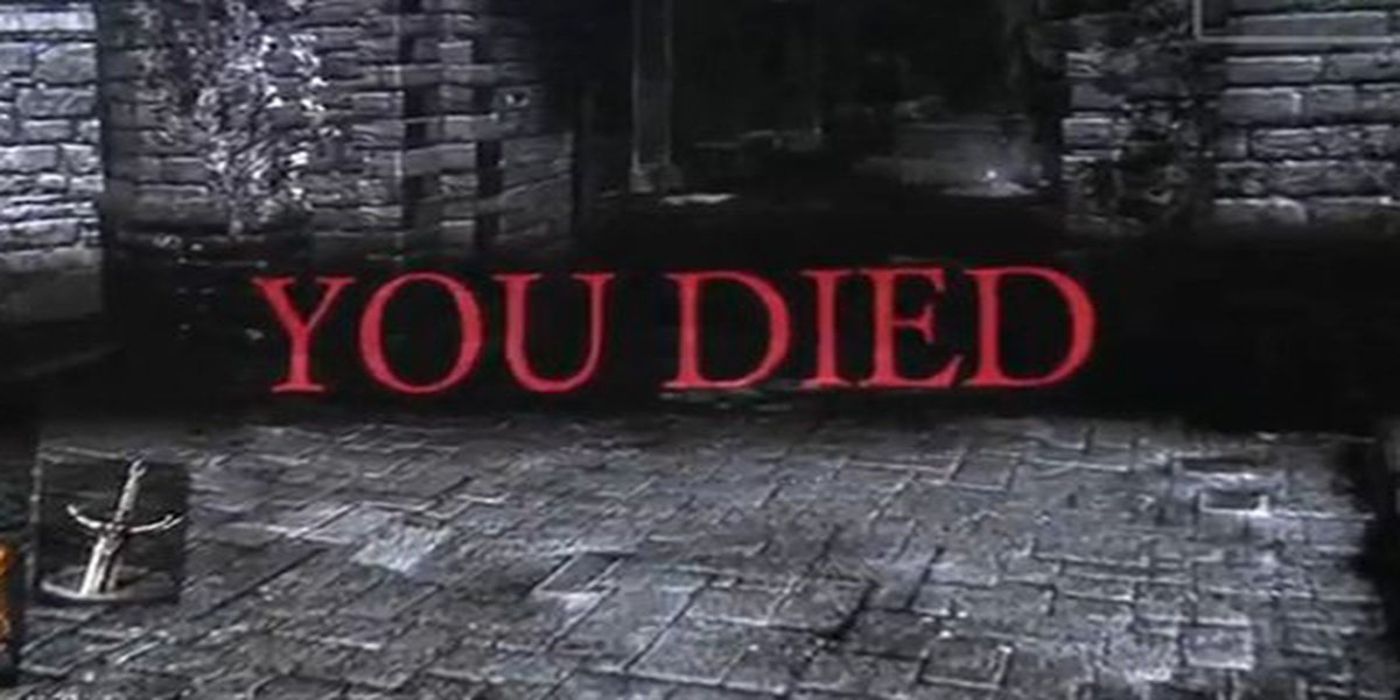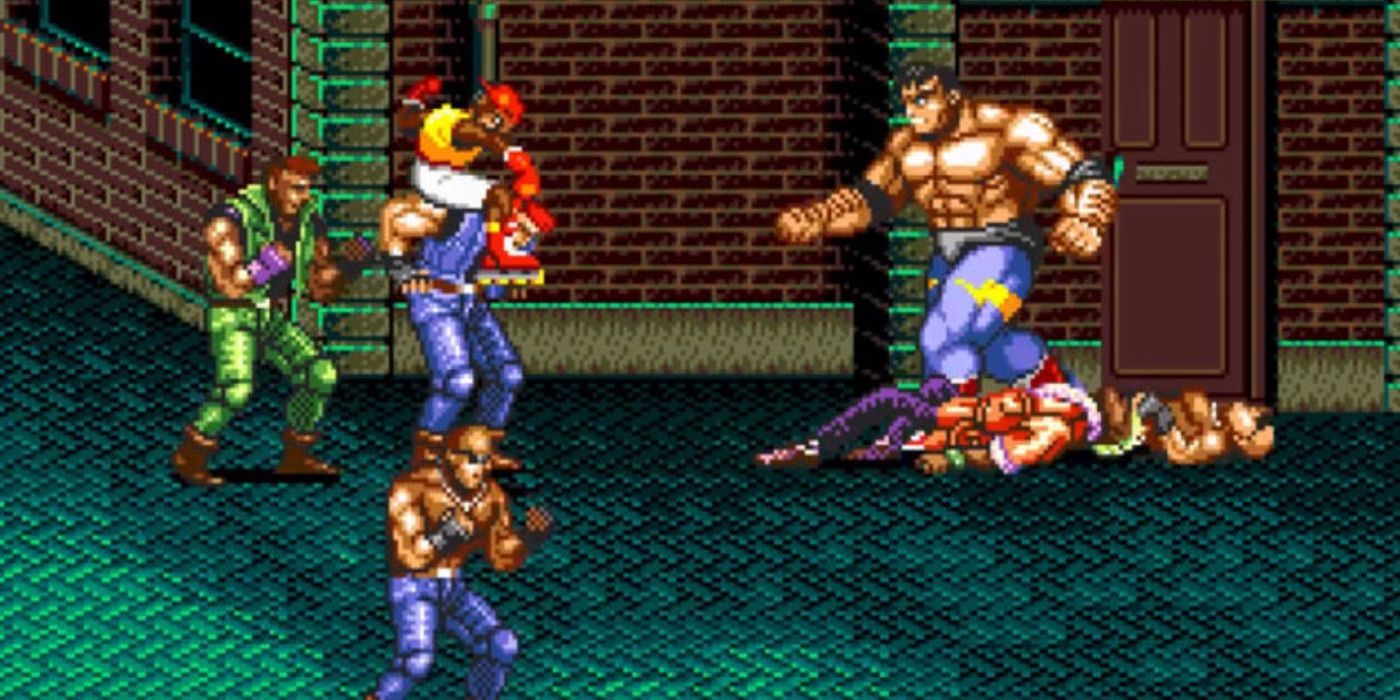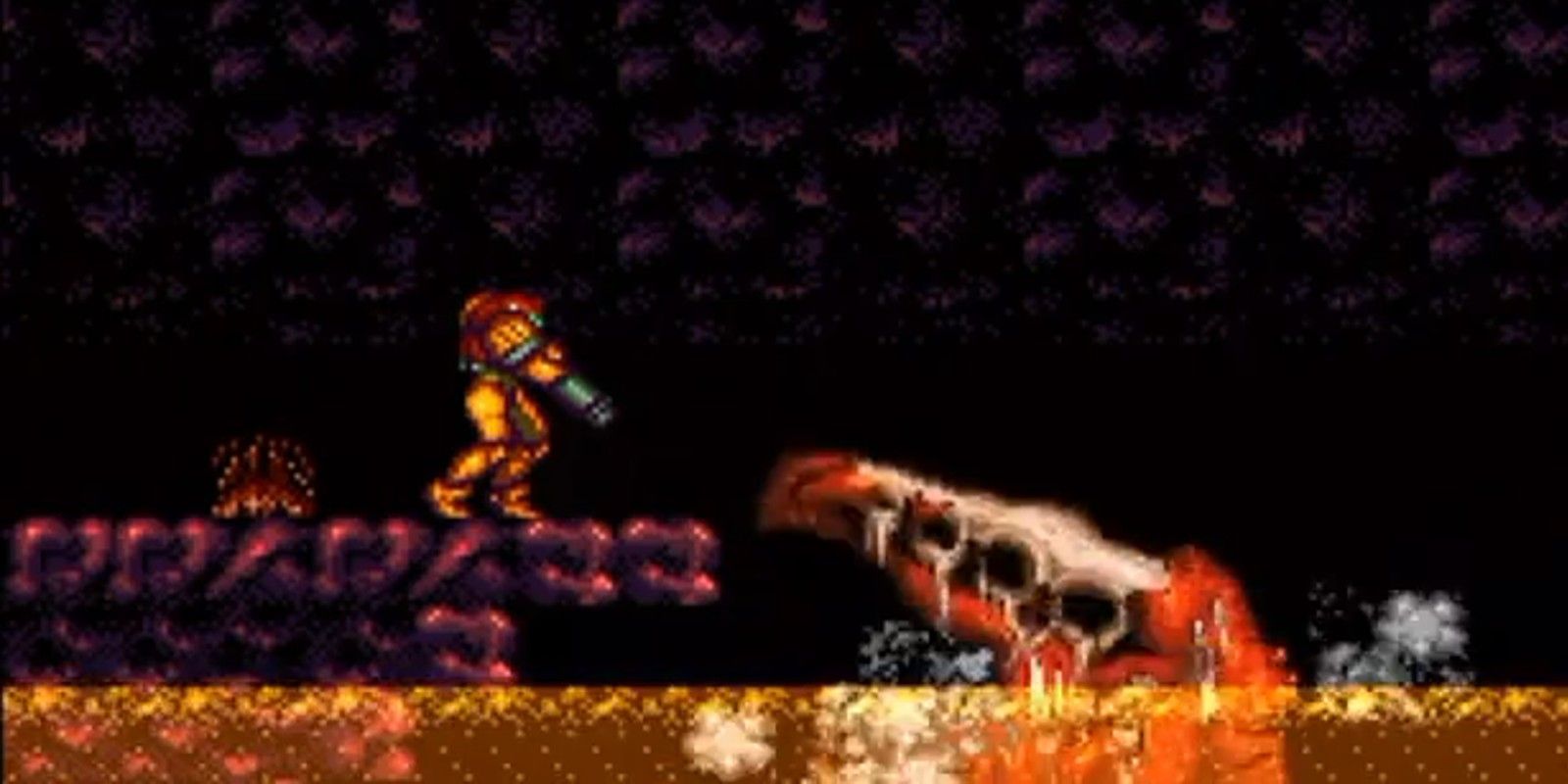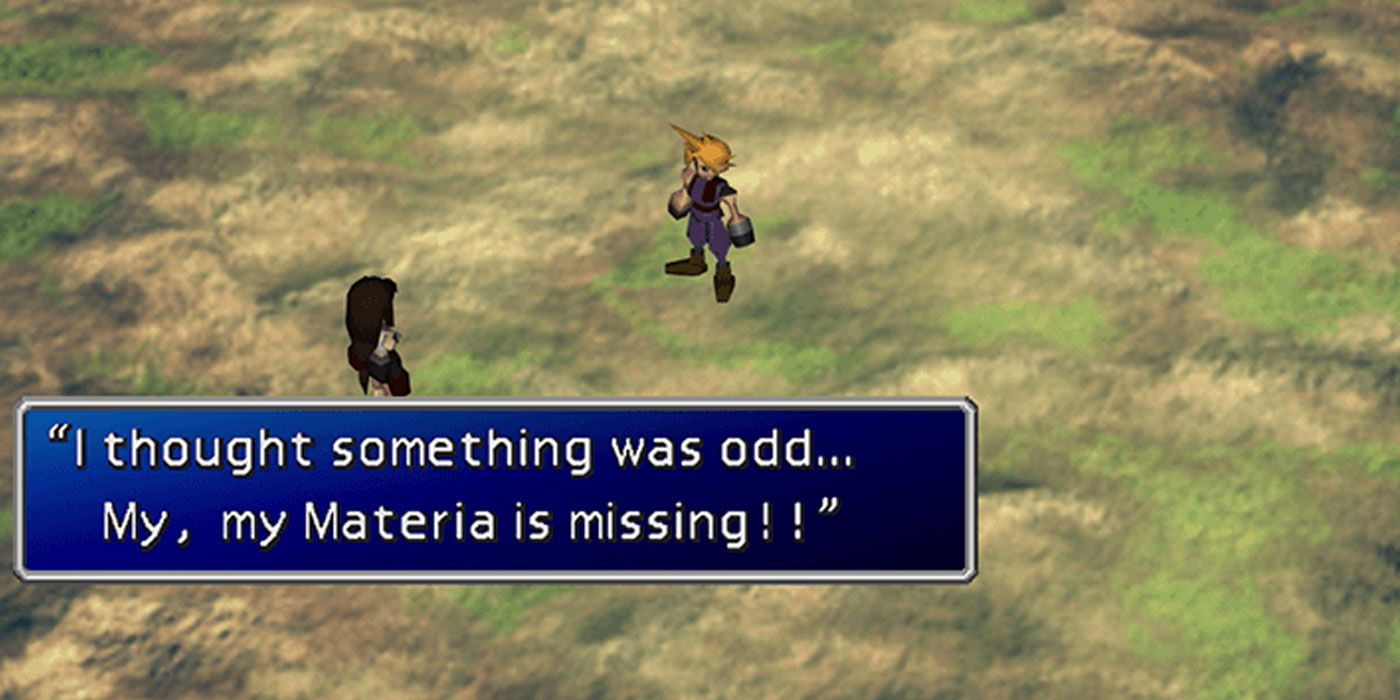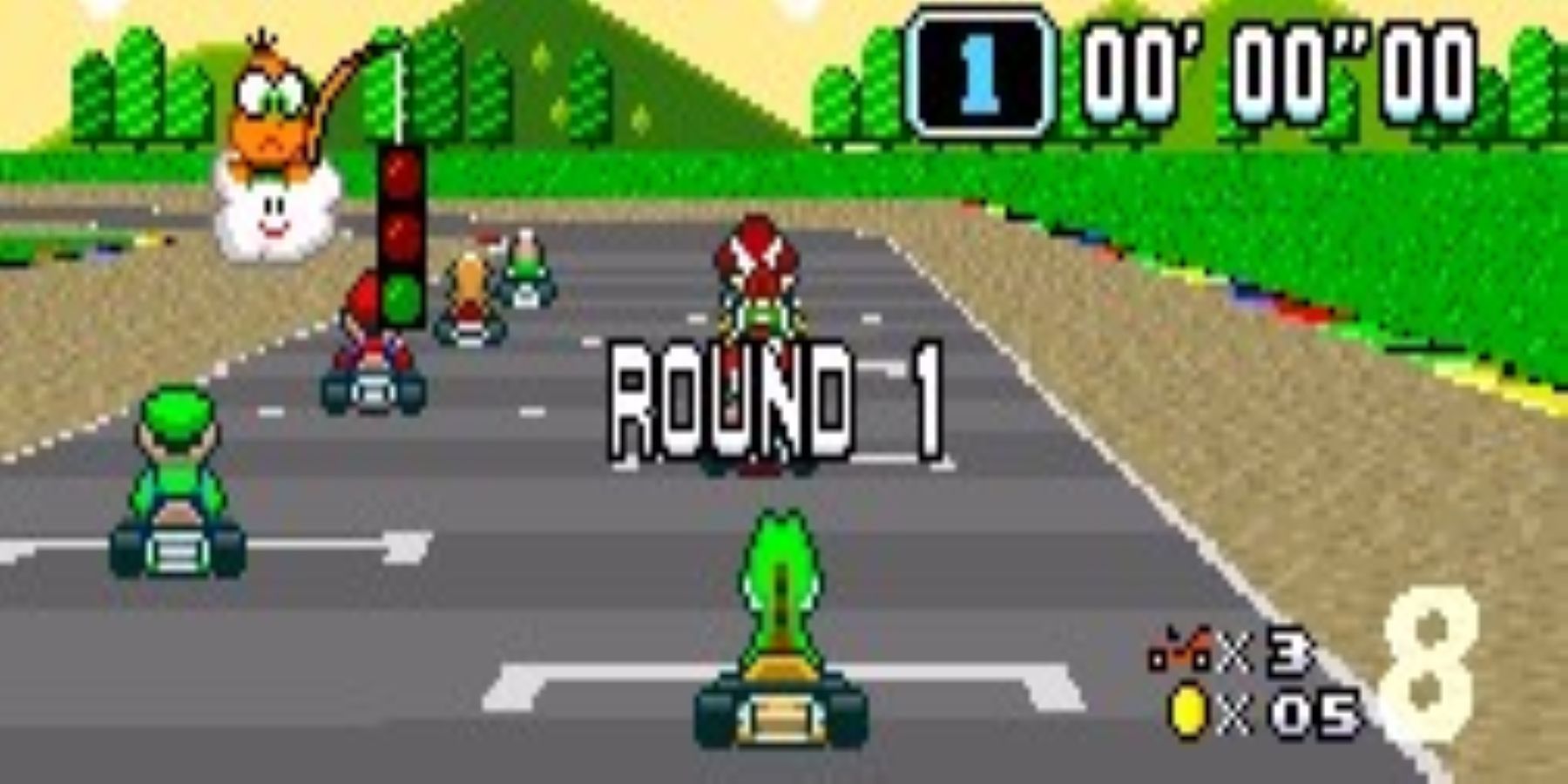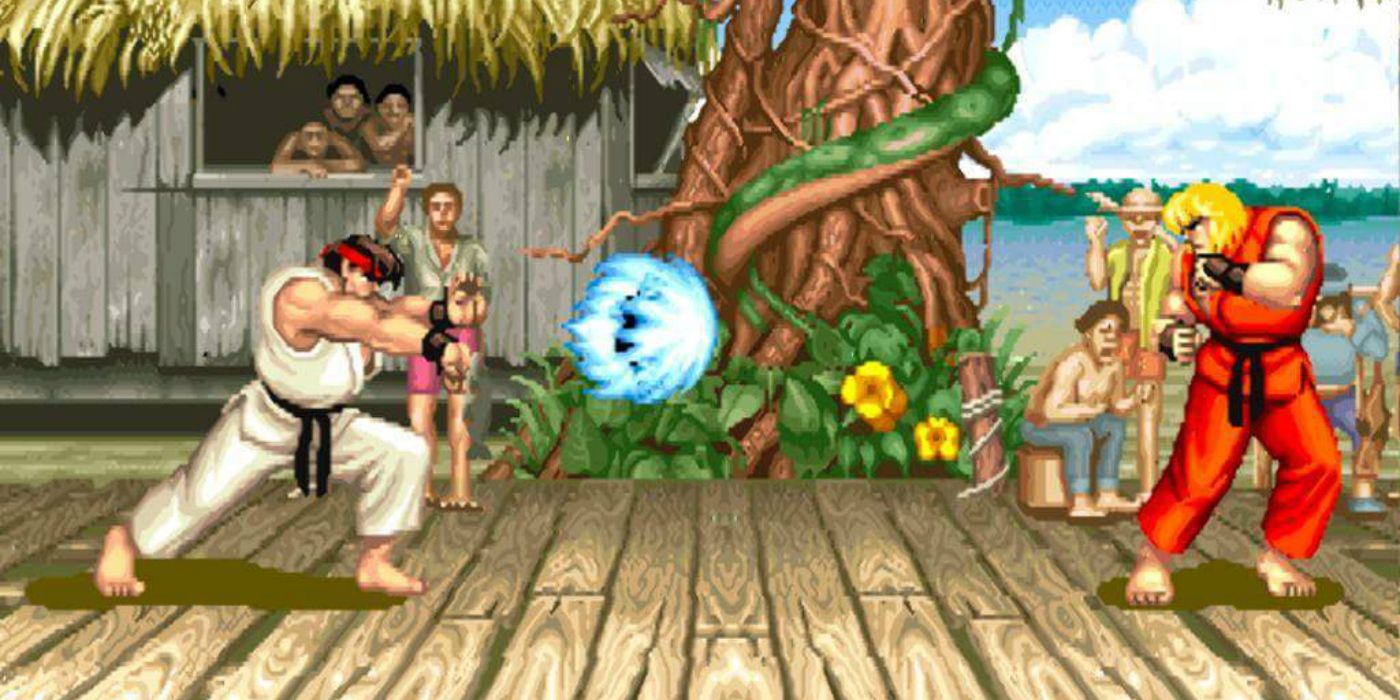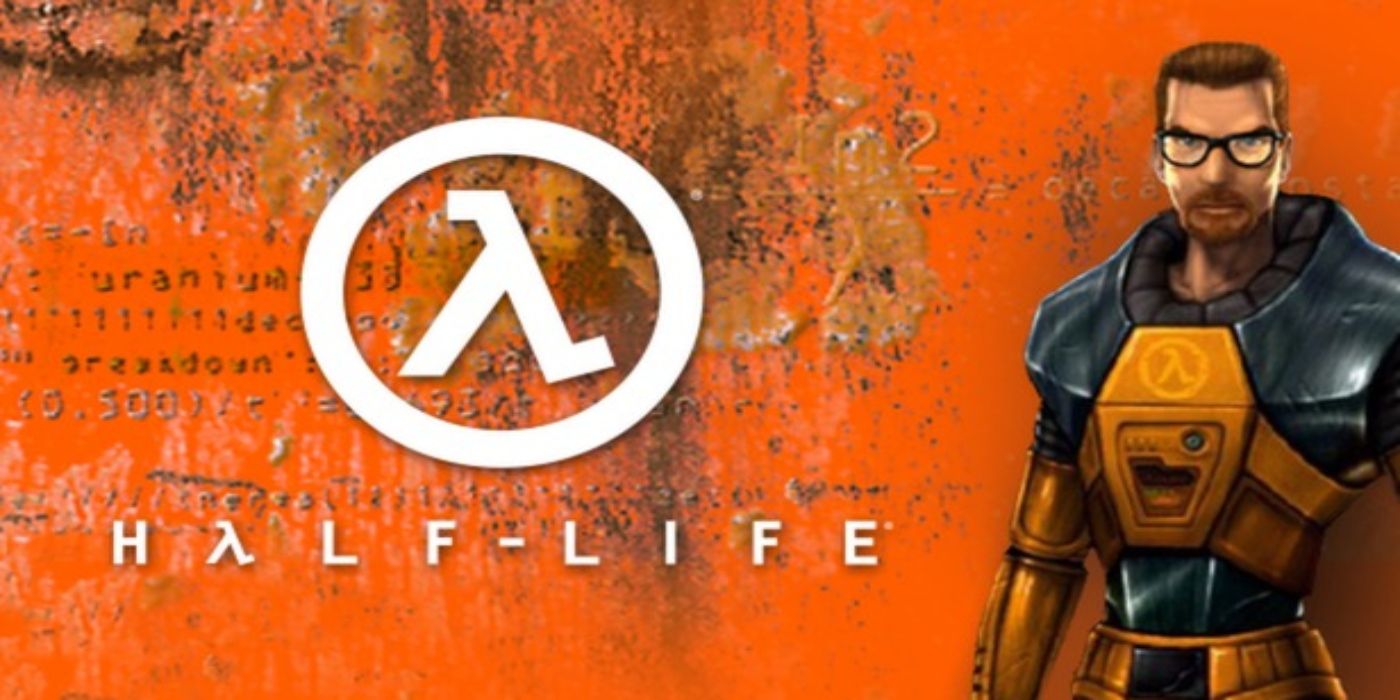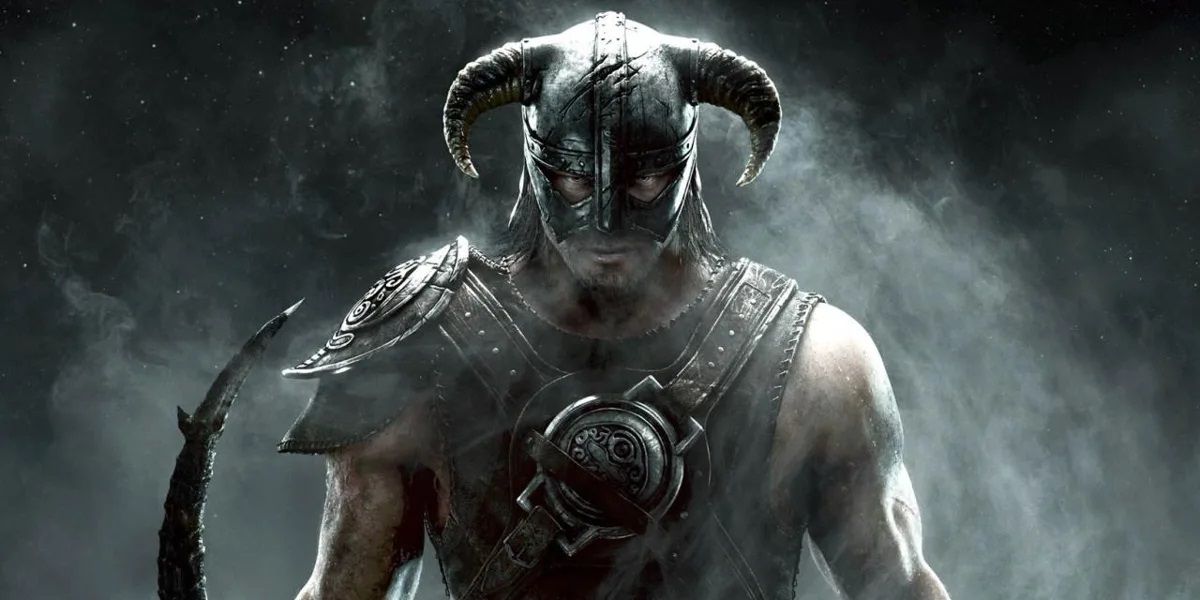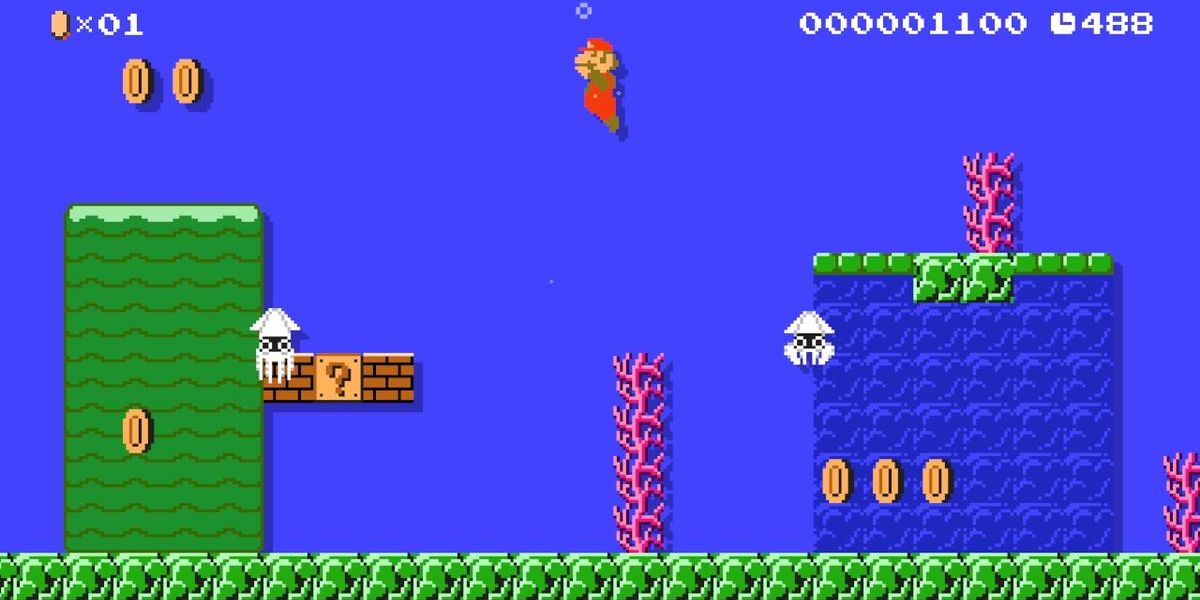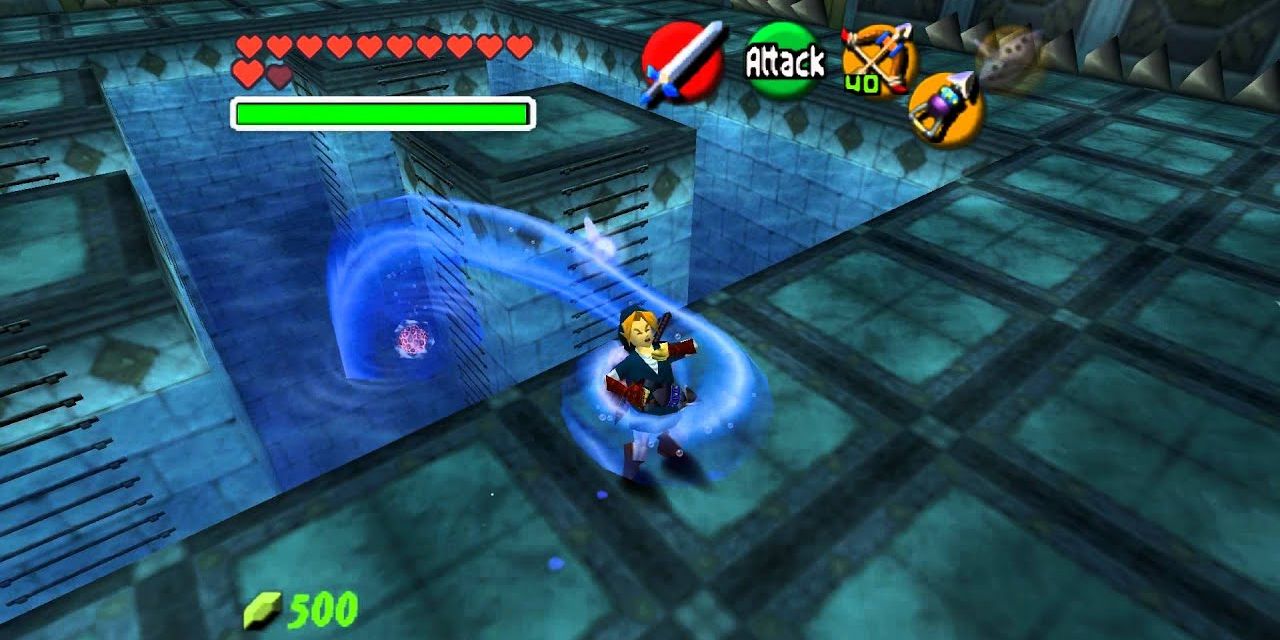There are certain video games that didn't necessarily invent a genre but defined it by being the best-realized iteration of that genre. These games have transcended the industry so that even non-gamers have heard of them, all thanks to their widespread popularity and place in gaming culture.
The video game industry was just starting out when some of these games were released. However, the tropes they established are still used by designers in the modern-day. While technology has moved on from the time a lot of these games were created, they are the cornerstones of certain genres that subsequent games have taken huge inspiration from.
10 Dark Souls (Hardcore Action-RPG)
It's not easy to create a genre in any medium, particularly when that medium has been around for decades. But that's exactly what FromSoftware did – first with Demon's Souls but most successfully with Dark Souls. It plays like an action RPG with many large areas to explore at your own pace. However, elements like acquiring in-game currency or "souls" (which you lose if you die but can regain if you return to the location of your death without dying) as well as the overall difficulty, created a unique sense of tension. Many games took inspiration from this formula, including the Nioh games and Code Vein.
9 Streets Of Rage 2 (Beat-'Em-Up)
The groundwork of beat-em-up games was laid before Streets of Rage, particularly by Double Dragon, which introduced a number of key elements, such as the option to allow multiple players to fight side-by-side as separate characters and the ability to disarm an enemy.
However, it was Streets of Rage 2 that brought together all the main elements of its predecessors – including the first Streets of Rage – to create a sleek and brutal package that set the genre alight.
8 Super Metroid (Metroidvania)
Without Castlevania: Symphony of the Night, the genre of Metroidvania might just be called "Metroid-like." The Metroidvania game is typically a 2D non-linear exploration-based action-adventure with areas gated off until the player finds a specific item or power-up.
1994's Super Metroid built on its 1986 predecessor, Metroid to create what is widely considered one of the most influential iterations of a Metroidvania game. Since its release, countless clones have taken inspiration from the game, adding their own twists in the process.
7 Final Fantasy VII (Turned-Based RPG)
While the Dragon Quest series might have something to say about what video game defines the turn-based RPG in Japan, in the west, Final Fantasy VII brought the genre to a whole new audience. Subsequently, it came to be seen as the quintessential iteration of the JRPG.
Some may say that plaudit could go to Chrono Trigger, but nonetheless, the sheer scope and ambition, not to mention the graphics and gameplay, make Final Fantasy VII a must-play for any fan of JRPGs.
6 Super Mario Kart (Kart Racing)
The first Mario Kart game came out in 1992 for the Super Nintendo. There have been 8 (9 if you count Mario Kart Live: Home Circuit) iterations on portable and home consoles since then, but Super Mario Kart is the original and the one other franchises have been built off. The likes of Sonic the Hedgehog, Crash Bandicoot, and even Hello Kitty all have their own kart racers, but nothing compares to the original.
5 Street Fighter II (Fighting)
There are lots of fighting games that could be considered contenders for defining the fighting genre, such as Tekken or Mortal Kombat. However, Street Fighter II caught the imagination of gamers like no other when it was released in 1991. The game had been played by 25 million Americans by 1994. Consequently, the game set the standard for fighting games in terms of combos and distinctive characters, each with its own unique and special moves.
4 Half-Life (First-Person Shooter)
While Doom was hugely influential and revolutionary when it came out in 1993, once the technology moved on and allowed for more expansive environments, as well as the ability to point a gun in any direction and not just side to side, Half-Life was the game that defined the first-person shooter genre.
While recent popular franchises like Call of Duty and Battlefield have brought the genre into the modern-day, Half-Life introduced aspects that shooters still utilize, including scripted events and puzzles. It set the standard for world-building within the genre.
3 The Elder Scrolls V: Skyrim (Open World)
The sheer amount of things to do in The Elder Scrolls V: Skyrim is mind-boggling. Players can start out with the intention of making progress in the main story, only to wander into an area and start talking to someone about something random. Then, before they know it, dozens of hours have passed and they're no further along in the story.
However, this is in no way a bad thing, as the side quests are a huge part of what makes Skyrim the very definition of an open-world game.
2 Super Mario Bros. (Sidescrolling Platformer)
Platformers did exist before Super Mario Bros. came out in 1985, but there was something about this particular game that caught people's attention. Whether it was the fact the player controlled an Italian plumber named Mario, the charming world and characters, or the fluid movement and mechanics of the game, it struck a major chord with gamers and spawned countless other 2D sidescrolling platformers that sought to emulate its formula.
1 The Legend Of Zelda: Ocarina Of Time (Action-Adventure)
While the Legend of Zelda series had been around for over a decade by the time Ocarina of Time came out in 1998, this was the first 3D game in the franchise. The combination of dungeons, puzzle-solving, and exploration in large open spaces made Ocarina of Time extremely popular – to the extent that the formula has been imitated time and again since its release. Players only need to look at how many games are referred to as "Zelda clones" to see how much influence it's had.

